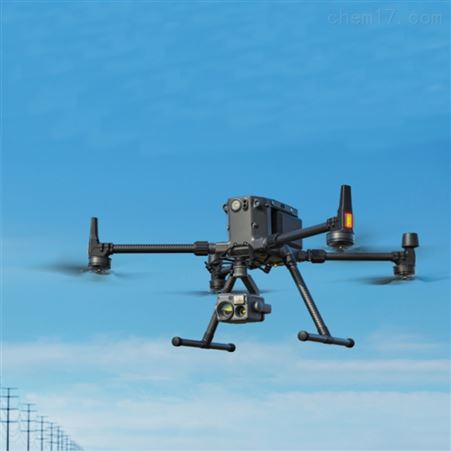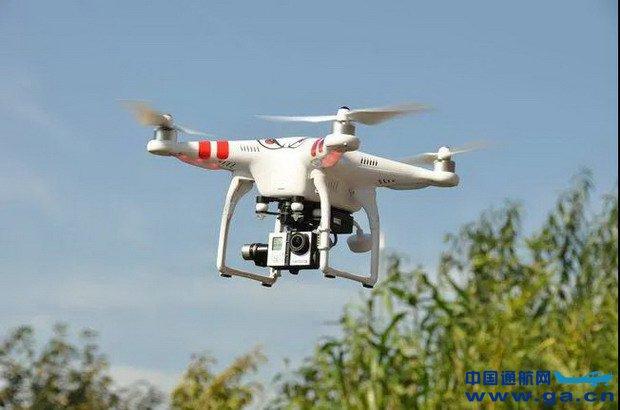The Birthplace of Modern Drones
To truly understand the origins of drones, one must journey back to their early development. Countries like the United States and Israel spearheaded the innovation, leveraging drones for reconnaissance missions during wartime periods. These early adopters saw the potential of unmanned flight, investing heavily in research that would lay the groundwork for the multifunctional drones we see today.
As the concept of remotely controlled flight grew in sophistication, several key technological breakthroughs emerged. The integration of GPS systems enabled more precise navigation, while advancements in battery technology allowed drones to fly longer distances. These improvements opened possibilities beyond military use, extending into commercial and personal applications.
The Global Expansion and Deployment
The question of “where are the drones coming from” does not solely pertain to their physical origins but also extends to the technological advancements supplied by numerous global contributors. Countries such as China, Germany, and the UK have become major players in drone manufacturing, each contributing unique advancements. China’s DJI, for instance, has transformed the consumer drone market with affordable and high-performance products, making drone technology accessible worldwide.
The competitive landscape prompted companies to innovate continuously, resulting in drones equipped with AI capabilities, autonomous flight modes, and enhanced imaging tools, propelling their use further in mapping, surveillance, and aerial monitoring.
Scientific and Environmental Impacts
In recent years, drones have started contributing significantly to scientific research and environmental monitoring. Researchers utilize drones to gather data from inaccessible regions, observe wildlife, and even study atmospheric phenomena. This shift not only underscores the versatility of drone technology but also highlights the critical role drones play in advancing our understanding of the natural world.
Environmental agencies deploy drones for tasks like mapping vegetation coverage, monitoring deforestation, and tracking animal migrations — activities that were once perilous and expensive.

Future Prospects and Challenges
As drone technology continues to evolve, it faces various challenges including regulatory hurdles, privacy concerns, and airspace congestion. Yet, the potential applications of drones remain vast, offering solutions for urban planning, emergency response, and more.
The emergence of vertical takeoff and landing (VTOL) drones, equipped with efficient and sustainable energy sources, presents exciting future possibilities. Further integration with IoT devices and AI will likely propel next-gen drones into unimaginable spheres, ensuring they remain at the forefront of technological advancement.
FAQs
- What industries are most impacted by drone technology?
- Drones have significantly impacted industries such as cinematography, agriculture, logistics, and scientific research.
- How are drones contributing to environmental conservation?
- By providing precise mapping and monitoring capabilities, drones play a critical role in conservation efforts and wildlife protection.
- What is the future of drone regulation?
- As drone usage increases, regulatory frameworks will evolve to address safety, privacy, and airspace control, ensuring secure integration into daily life.
